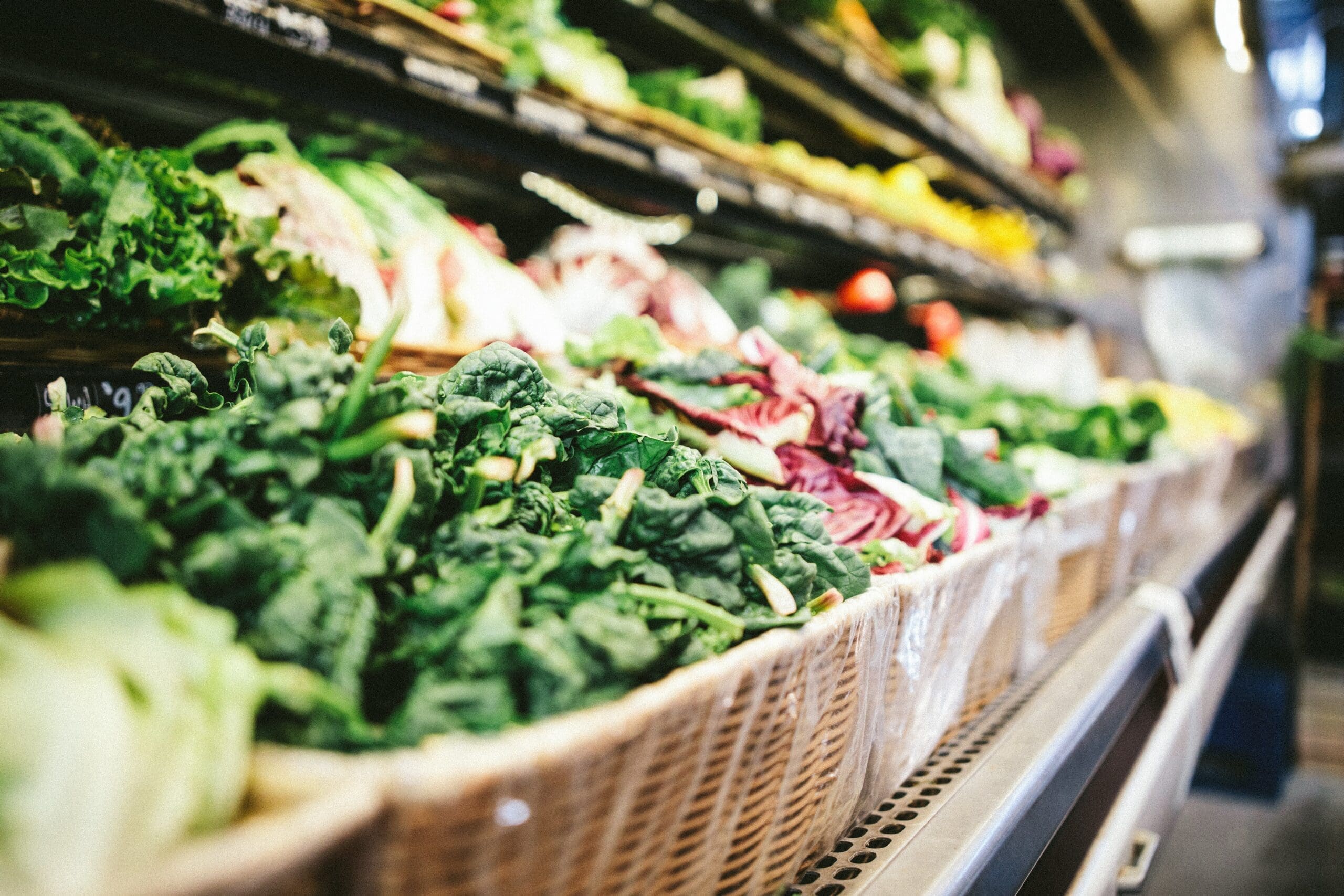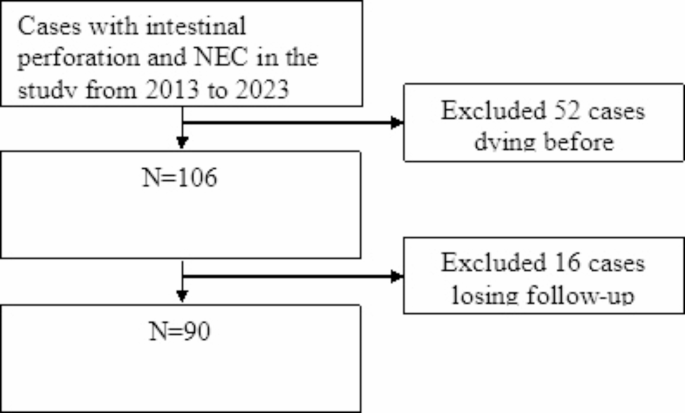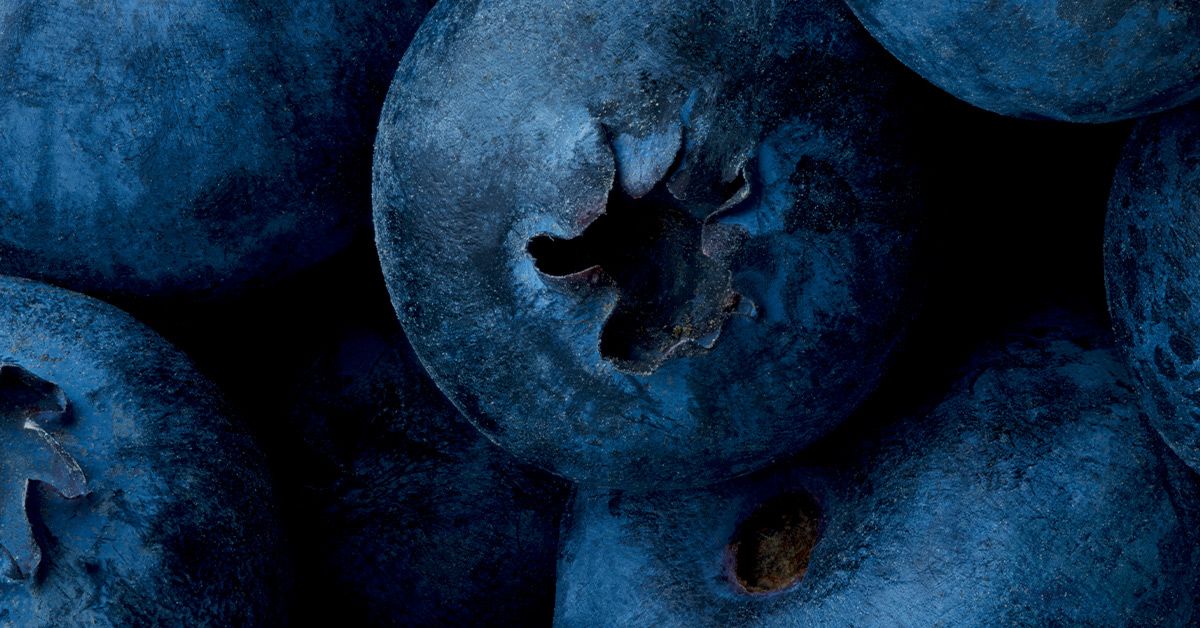
Yukoners face challenges including pricy groceries and scarce vitamin D but there are solutions
Food is an important part of the health of the body, but also the spirit and the culture.
Hannah Wilkie a registered dietician working with the territorial government’s health promotion unit spoke to the News, offering advice on meals that can help promote happiness and health even amid the long Yukon winter.
Wilkie noted that access to fresh foods and their higher costs of fresh food can be a challenge, especially in the Yukon’s remote communities and especially in the winter.
Some ways that Wilkie offered to get around this problem start with preparation before the snow falls and the darkness settles in. She suggested freezing or otherwise preserving harvested berries or vegetables from a community garden. Wilkie says store-bought frozen or canned goods can also be a cost effective option, but those preserved at home offer more control of how much salt, sugar or other added ingredients are used. She added that the process can also be a fun way to learn a new skill and connect with local food sources. Wilkie advocated the inclusion of local food as much as possible, noting that this might include more root vegetables such as potatoes, carrots and beets that can be grown in the Yukon more easily than other produce.
Wilkie advised cooking in large batches for those with the ability and equipment to do so and saving leftovers in the freezer.
With the sun low in the southern sky when it rises at all, Wilkie said Yukoners face an increased risk of vitamin D deficiency in the winter. She said good dietary sources of the important vitamin include fortified dairy products, eggs and fatty fish. Wilkie said vitamin D supplementation can also be considered to help Yukoners meet the shortfall but recommended that people discus dosage with their healthcare provider.
Wilkie said vitamin D is important for bone and hormonal development as well as cellular processes.
Beyond considerations about physical nutrition, Wilkie said finding cultural connections and joy in the food people eat is important for everyone.
She noted that she has heard unfortunate instances of people, especially children being stigmatized for eating food that differs from the typical Canadian diet.
“I would say any sort of cultural connection to food can be really important for like, restoring a positive relationship with food, and I know that that’s something that we sort of try to think about in centre in a lot of the things, in the programs and projects that we’re supporting,” Wilkie said.
Among those sorts of projects and programs are a series of food literacy grants offering up to $5,000 through the health promotion unit. Wilkie offered examples of projects funded by the grants including an invasive species cook book put out by the Yukon Invasive Species Council and the local Boys and Girls Club’s project backpack that offers hampers to families in need coupled with Youtube cooking classes. Wilkie noted that the next intake for the grants starts on April 1.
Wilkie says she sees a trend of dieticians’ practices shifting to put more emphasis on emotional and spiritual connections to food along with what it does for people’s bodies.
“Food is such a central point of connection with family and friends and community, and that piece really gets lost when you start sort of over intellectualizing or, like, applying a lot of, like, clinical lenses on food,” she said.
Wilkie emphasized the importance of services that assist those who are struggling to afford nutritious food, noting the work done by the Food Bank Society of the Yukon both at the Whitehorse food bank and its program of sending food to the communities for distribution there. She also noted the free meal programs around Whitehorse which the Yukon Anti-Poverty coalition publishes a list of.
At her own family’s table, Wilkie says a go to meal this time of year is a lentil and chickpea curry. Her method uses a lot of canned and dried ingredients, can easily incorporate whatever fresh veggies are on hand even those that have started to wilt, and is ready in about 15 minutes. She added that it is also a winter staple because her kids love it.
Contact Jim Elliot at [email protected]
link




